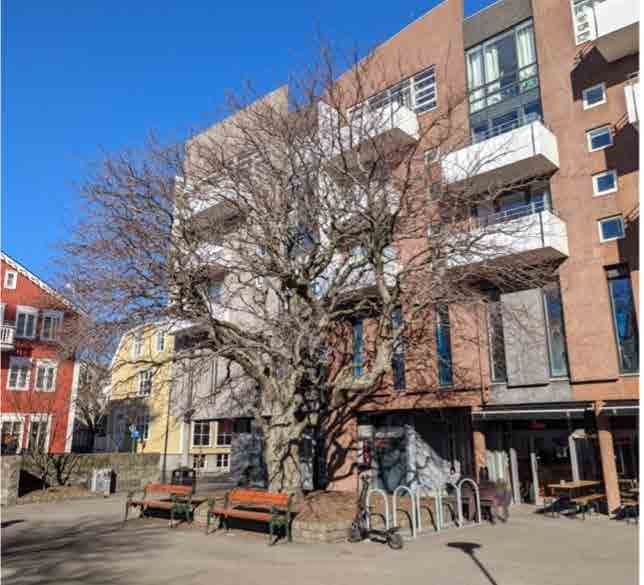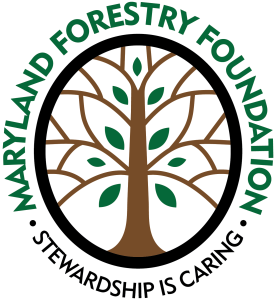
Recently, I studied abroad in Iceland as a US department of State Gilman Scholar. The main focus of this trip was to study renewable energy; however, my attention was especially interested with the unique landscape and ecology of Iceland.
One of the most notable things you’ll notice upon arrival in Iceland is the stark lack of trees. Iceland has experienced almost total deforestation since the first human settlers arrived about 1150 years ago. In contrast, when settlers first arrived, up to 40% of Iceland’s area was forested with forests of birch, willow, and aspen trees. Like any agrarian society, forests began to be cleared both to provide fuel and to create fields for animals to graze. However, forests were not managed sustainably, and as a result Iceland has lost 95% of its original forest cover. To give perspective, around 33% of the US is forested, compared to 1.9% for Iceland.
While on a walking tour of Reykjavik, the capital, our tour guide pointed something out to me which left me in awe. The tree you see above, is actually the oldest tree in Iceland, planted in 1884. I realized how much I took old growth forests for granted when I witnessed this. A tree that would be completely unassuming and ordinary elsewhere, has such significance here.
The impacts deforestation has had on the land in Iceland has been devastating. Iceland has witnessed large-scale desertification and soil degradation as the landscape has lost its protective vegetative cover. As a result, large tracts of land have been degraded due to erosion, causing dust storms and impacting air quality. However, today there is much being done to restore the landscape and bring back the birch woodlands of old. The Icelandic Forest Service was established in 1908 and since then has played a large role in reforestation efforts as well has research and education. Reforestation in Iceland also means increasing security; for instance, in the regions surrounding Hekla, an active volcano in Iceland that is expected to erupt, reforestation efforts have been particularly forthright so as to prevent dust storms and erosion from volcanic ash. The Icelandic Forestry Association, comprised of 57 local forestry societies, is one of the most active environmental NGO’s in Iceland with a membership of 7000, or 2% of Iceland’s population. They publish Icelandic Forestry twice a year, containing general articles as well as scientific papers. They are also responsible for 10-30% of all tree plantings each year.
The robust and active role forestry has played in restoring Iceland’s landscape gives inspiration to other nations looking to right historical mismanagement of natural resources. Ecosystem restoration in Iceland is not just a goal, it is being achieved every day. Similarly, the heavy investment in forestry research and education, in a country with almost no forests, shows just how important healthy and robust forests are to a country’s resilience. Investing in forestry is an investment in the future wellbeing of a nation, and in Iceland’s case this will pay dividends in cultural heritage, ecotourism, wildlife habitat, and a variety of ecosystem services.
